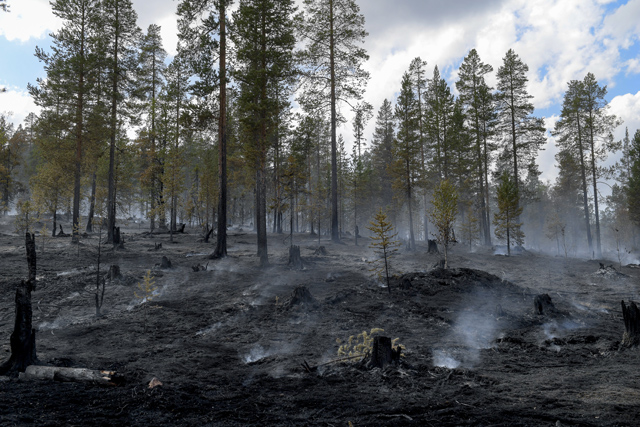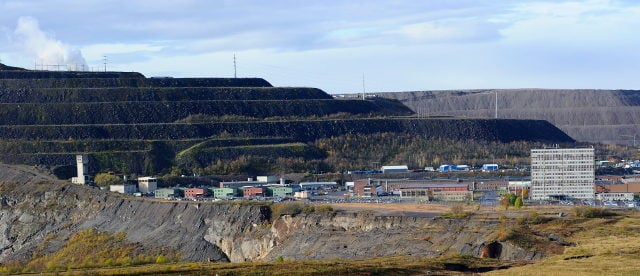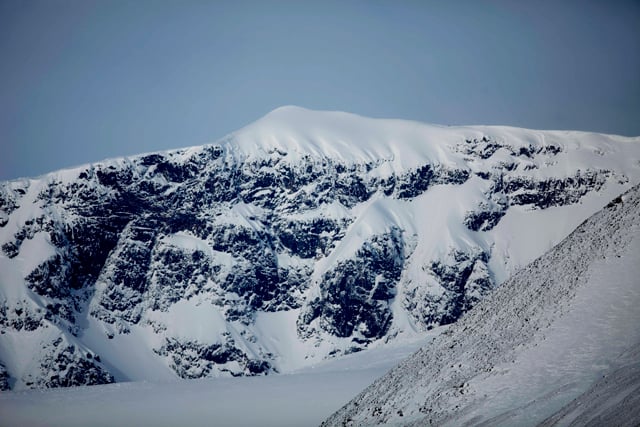Melting glaciers and humus soils in the drinking water are just some of the effects of climate change already recorded in Sweden's most northerly cities. A new analysis by the European Centre for Medium-Range Weather Forecasts (ECMWF) gives alarming figures: all of Europe's major cities are warmer than they were 100 years ago, and five of the ten cities where temperatures have risen the most are Swedish.
Kiruna tops the list, with a temperature rise of 3.4C in the 21st century compared to the 20th. Also in the top ten are Östersund and Sundsvall with a temperature increase of 2.7C and Skellefteå and Luleå with 2.5C. The analysis was put together using weather observations from over the past 100 years across Europe, using 100 million data points in total.
“It's getting hotter, that's something we've been experiencing for a few years,” Niklas Sirén, project manager at Kiruna Sustainability Center, confirmed to Sveriges Radio.
The effect is most notable in the winter, which has become much milder in the far north, Sirén said. The effects this has on Sweden's natural environment are grave.
One example is the melting of glaciers; earlier this year, a glacier on Sweden's Kebnekaise mountain melted away so much that it lost its status as the country's highest point. During July 2018, researchers found that the glacier had lost four metres of snow, meaning that an average of 14 centimentres melted each day of July.
High temperatures, drought, and devastating wildfires over the summer have also been linked to climate change, which have had negative consequences on crops as well as animals such as reindeer and elk.
READ ALSO: Arctic heat melts away Sweden's highest peak

The aftermath of a forest fire in Älvdalen, Western Sweden. Foto: Maja Suslin/TT
What will happen next is unclear. Under the 2015 Paris agreement on climate change, ratified by 145 nations, a target was set to limit temperature increase to 1.5C above preindustrial levels in the 20th century.
But Kiruna needs to adapt to climate change fast – its effects are already visible in the quality of drinking water. “The amount of humus soils in the drinking water is increasing, we need to expand and improve the water purification,” Sirén told Sveriges Radio.
One opportunity is the fact that the entire city is in the process of being moved due to the expansion of its mines, allowing the possibility to start from scratch rather than trying to fix or adapt an old city.

Will Kiruna manage to start over and adapt to the changes once the city is moved? Photo: Henrik Montgomery/TT


 Please whitelist us to continue reading.
Please whitelist us to continue reading.
Member comments